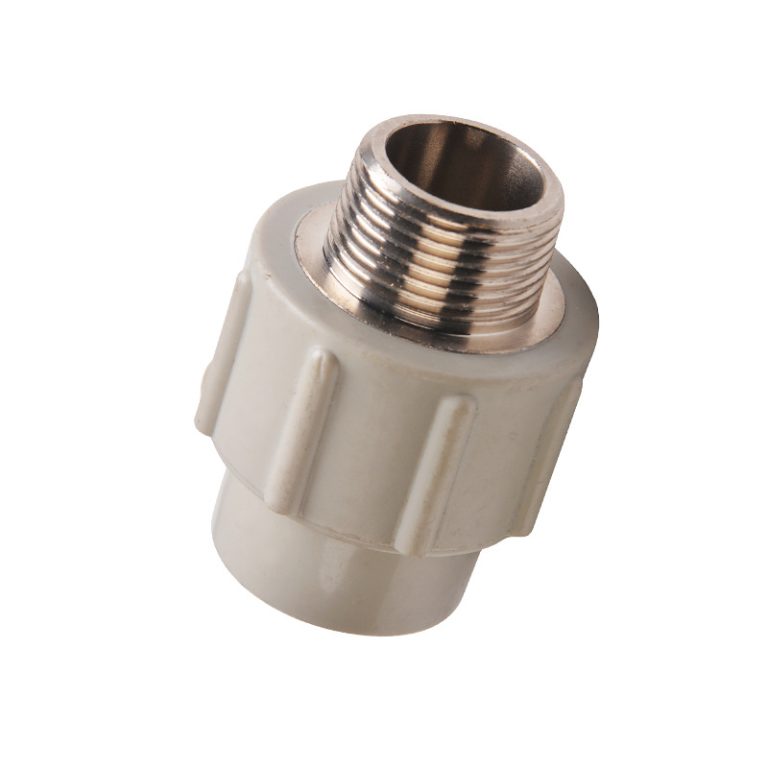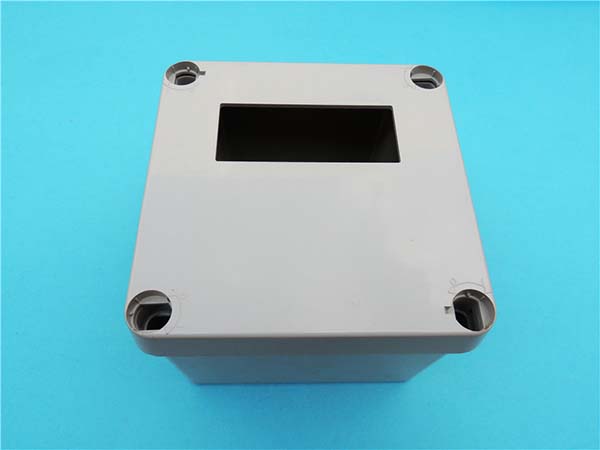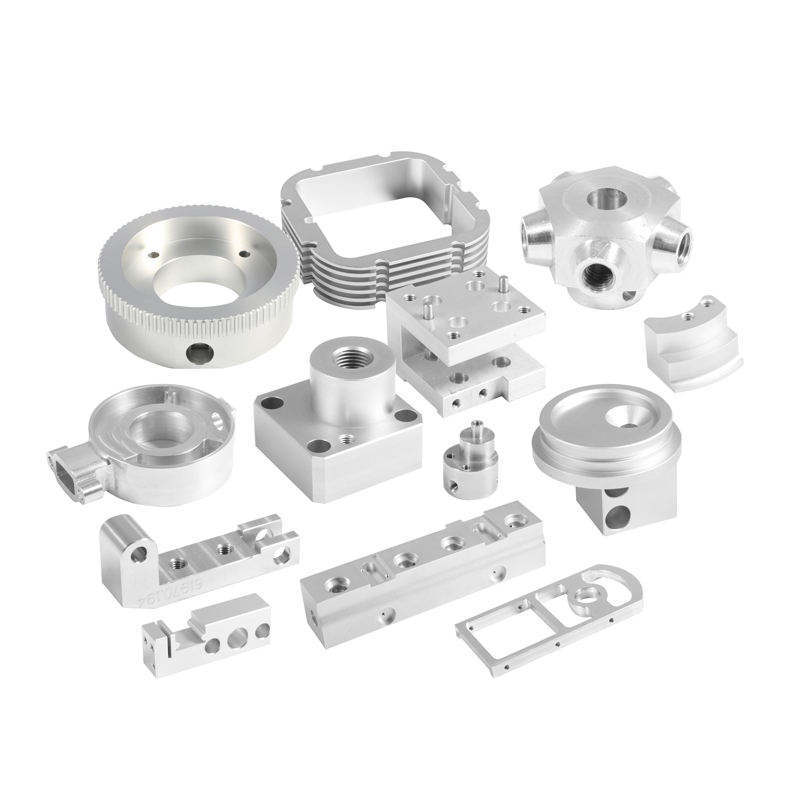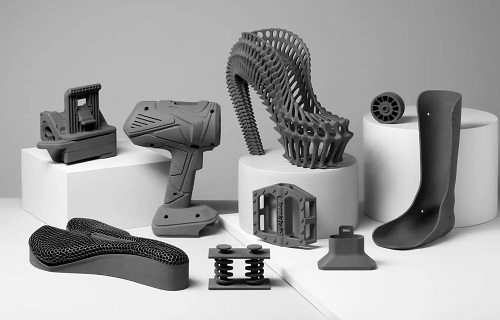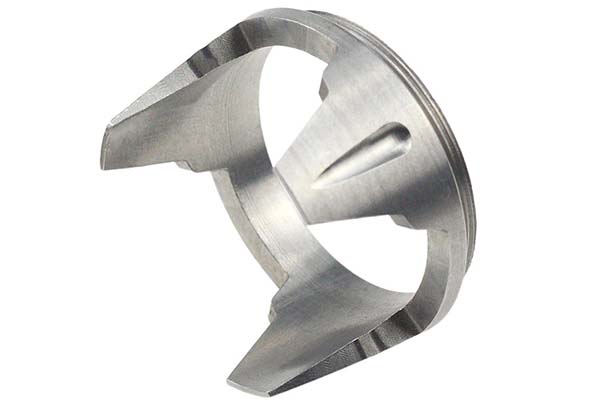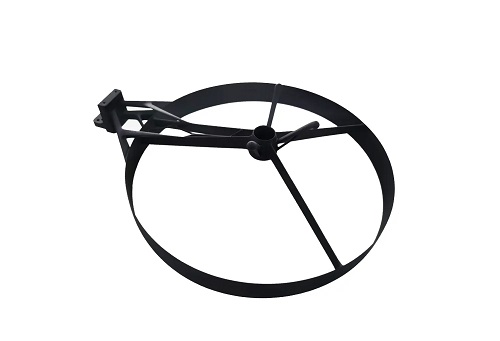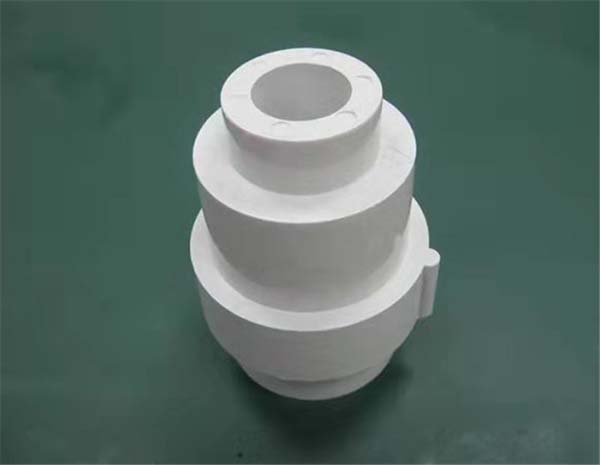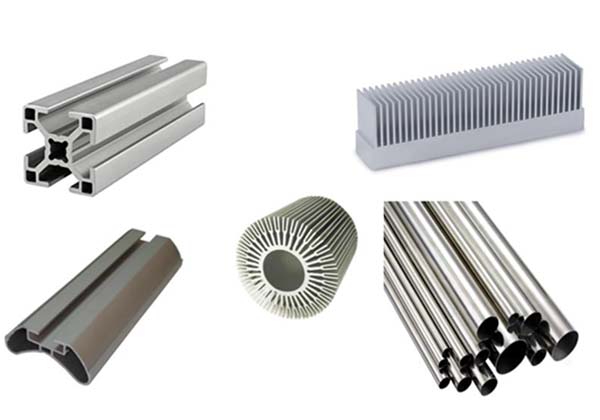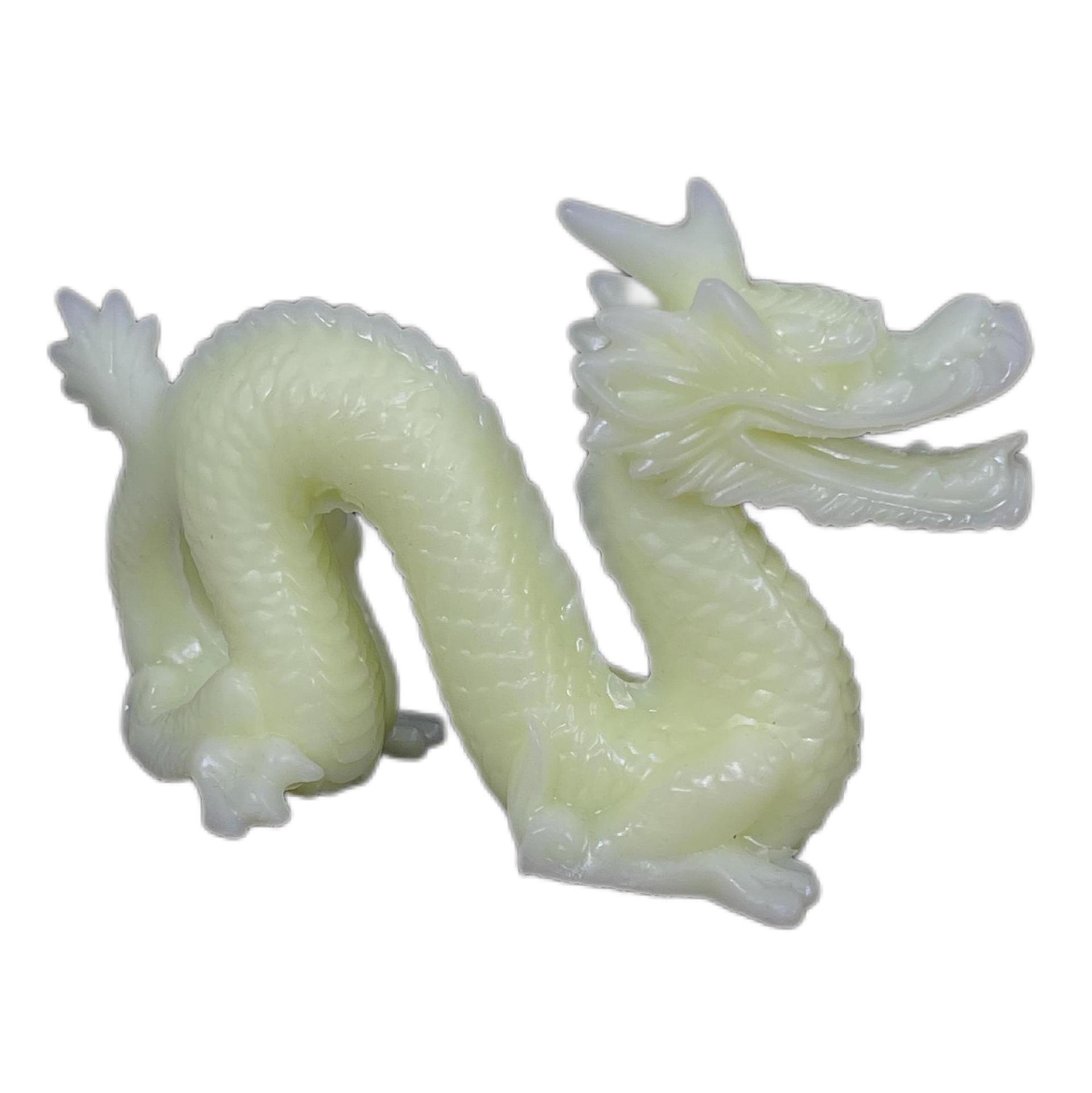Introduction to the 3D Printing Industry
Overview of 3D Printing
3D printing, also known as additive manufacturing, is a revolutionary process that builds three-dimensional objects directly from digital files. In contrast to traditional subtractive manufacturing methods, which carve away material from a larger piece, 3D printing adds material layer by layer. This unique approach not only minimizes waste but also opens up endless possibilities for producing highly complex and customized objects. It has already transformed industries like aerospace, automotive, healthcare, and consumer goods, and its role in modern manufacturing continues to expand rapidly.
Importance in Modern Manufacturing
In today's manufacturing world, 3D printing plays a crucial role in driving innovation, efficiency, and cost savings. It enables the production of parts with intricate geometries that were previously impossible or prohibitively expensive to manufacture using traditional techniques. Additionally, 3D printing enhances speed in prototyping, allowing for faster design iterations and more rapid product development. It also reduces manufacturing lead times, enabling on-demand production and localized supply chains, which can significantly lower inventory and logistics costs.
Impact on Manufacturing
The impact of 3D printing on modern manufacturing is far-reaching:
- Production Flexibility: Companies can produce small, complex, and customized batches of parts without needing to invest in expensive tooling or molds.
- Supply Chain Disruption: By enabling localized production, 3D printing reduces dependence on global supply chains and mitigates the risks of disruptions, such as those caused by pandemics or geopolitical tensions.
- Sustainability: Additive manufacturing is inherently more sustainable, as it minimizes material waste and optimizes the use of raw materials.
Efficiency and Cost Reduction
Streamlining Production Processes
One of the most significant benefits of 3D printing is its ability to streamline production. Unlike traditional methods, which often involve multiple steps like casting, machining, or mold-making, 3D printing allows manufacturers to produce finished parts in a single step. This results in a faster turnaround, lower labor costs, and fewer production errors.
Minimizing Waste
In traditional manufacturing, materials are often wasted during the cutting or shaping process. For instance, subtractive methods like CNC machining remove excess material to achieve the desired shape, leading to significant waste. In contrast, additive manufacturing builds objects layer by layer, using only the material necessary for the part. This material efficiency makes 3D printing more sustainable and cost-effective, especially when using high-end metals and alloys that are expensive and difficult to source.
Lower Operational Costs
3D printing can also reduce operational costs across several areas:
- Labor Costs: Automated printing systems reduce the need for extensive manual labor during the manufacturing process.
- Inventory Costs: With 3D printing, companies can produce parts on demand, reducing the need for large inventories and extensive warehousing.
- Tooling and Setup: The lack of need for specialized tooling and setups (like molds) can drastically reduce upfront production costs.
Customization and Personalization
Tailored Solutions for Customers
One of the most exciting applications of 3D printing is its ability to create customized and personalized products. This is especially evident in industries like healthcare, automotive, and consumer goods:
- In healthcare, 3D printing allows for the creation of patient-specific implants and prosthetics, ensuring a better fit and improving comfort and functionality.
- In the automotive industry, manufacturers can create custom parts that not only meet specific performance criteria but also enhance the aesthetic appeal of vehicles.
- For consumer goods, 3D printing enables the creation of bespoke products at scale, from personalized footwear to one-of-a-kind jewelry.
Enhancing Product Design
3D printing enables designers to experiment with complex forms and structures that traditional manufacturing methods cannot achieve. This flexibility allows companies to create highly optimized designs that are lighter, stronger, and more efficient. The ability to iterate quickly and test new designs also opens up new possibilities for product development, ensuring companies can stay ahead in competitive markets.
Meeting Market Demands
As consumer expectations shift toward more personalized products, 3D printing offers manufacturers the ability to meet this demand. From customized electronics to personalized home décor, additive manufacturing allows for the creation of unique items without the cost and time constraints associated with traditional production methods.
Recap of Top Companies
Stratasys Ltd.
Stratasys Ltd. is a leader in 3D printing technology, offering innovative solutions across a variety of industries. Known for its Fused Deposition Modeling (FDM) and PolyJet technologies, Stratasys manufactures both desktop 3D printers for small businesses and industrial-grade machines for large-scale applications. Some of its notable contributions include:
- Precision and versatility in producing parts with a wide range of materials, including plastics, metals, and composites.
- Strong focus on R&D, consistently advancing the capabilities of its printers.
- Extensive customer base in industries such as automotive, aerospace, medical, and consumer products.
Stratasys’ commitment to improving the design, function, and speed of additive manufacturing systems has helped solidify its leadership in the 3D printing market.
3D Systems Corporation
3D Systems Corporation is another pioneer in 3D printing, offering an extensive portfolio of 3D printers, materials, and software solutions. The company’s impact on industries like aerospace, healthcare, and automotive is significant:
- 3D Systems offers metal and polymer 3D printers, which are capable of producing highly detailed and functional parts.
- It provides custom solutions for various industries, such as personalized medical devices or aerospace components.
- The company’s software and support services help streamline the design, prototyping, and manufacturing processes.
3D Systems is known for its focus on innovation, delivering integrated solutions that enable companies to move from design to end-use production seamlessly.
Desktop Metal Inc.
Desktop Metal Inc. has made significant strides in the field of metal 3D printing, especially with its binder jetting technology. This method involves combining metal powders with a binder material and then using heat to fuse them into solid parts. Some key features of Desktop Metal’s impact include:
- The ability to produce complex metal parts at a fraction of the cost and time of traditional methods.
- Focus on mass production, offering high-throughput systems suitable for industries like automotive and electronics.
- Continuous investment in R&D to enhance the performance, speed, and affordability of metal 3D printing systems.
Desktop Metal's systems are ideal for industries that require precision and volume production of metal parts but are looking to streamline their manufacturing processes and reduce costs.
Final Thoughts on the Industry's Future
The future of manufacturing is increasingly shaped by 3D printing as companies continue to adopt this technology to create more innovative, customized, and cost-effective products. As 3D printing evolves, we can expect even greater efficiencies, faster production cycles, and expanded material capabilities. The three companies mentioned—Stratasys Ltd., 3D Systems, and Desktop Metal—are at the forefront of this revolution, continually driving the future of additive manufacturing.
Adoption of 3D printing in industries such as aerospace, automotive, and healthcare will continue to increase, and those that integrate this technology early will likely maintain a competitive edge. As the technology matures, it will open up new opportunities for personalization and sustainability, ensuring that 3D printing is a key enabler of innovation in the manufacturing sector.
FAQ
What is 3D printing?
3D printing, or additive manufacturing, is the process of creating three-dimensional objects from a digital file by adding material layer by layer. Unlike traditional subtractive methods that remove material from larger blocks, 3D printing uses only the material needed to create the object, minimizing waste and enabling complex designs.
How does 3D printing impact the manufacturing industry?
3D printing impacts the manufacturing industry by:
- Streamlining production processes and reducing the need for molds, tooling, and specialized labor.
- Minimizing waste and enhancing material efficiency.
- Enabling rapid prototyping, customization, and on-demand production of parts, reducing lead times and costs.
- Supporting localized production and shortening supply chains.
